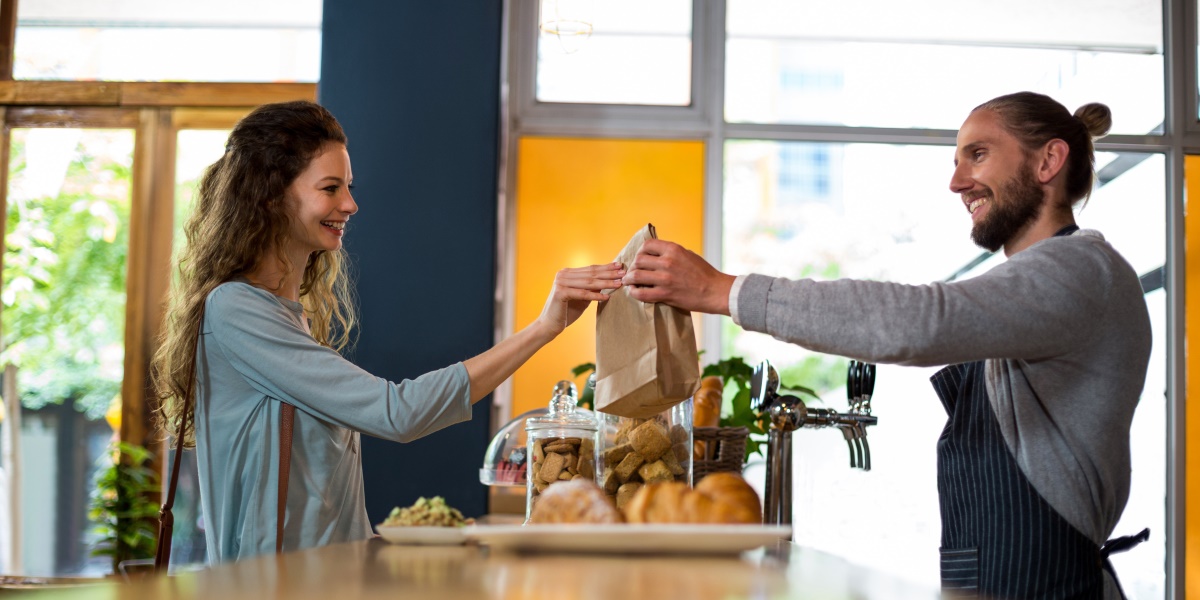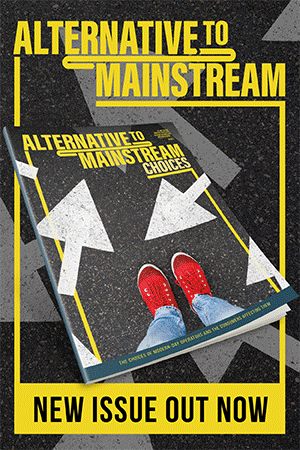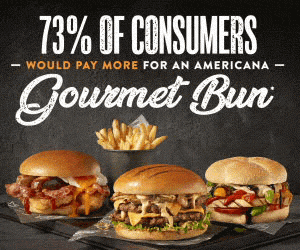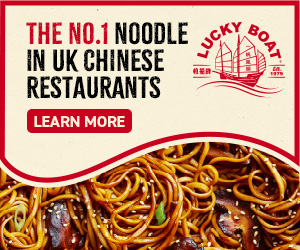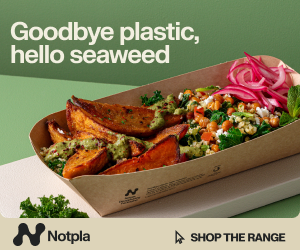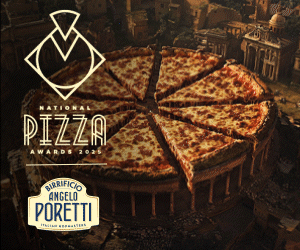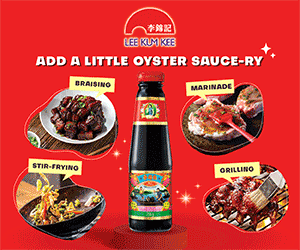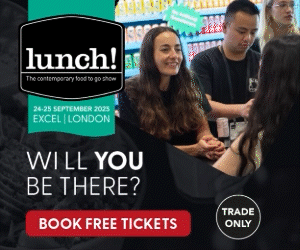Market insight: Post-pandemic takeaways

Ordering in is now a well-established part of Brits’ mealtime routine, according to the latest study from Kam...
New research suggests that the phenomenal growth in demand for ordering in seen during the pandemic has resulted in long-term changes to consumer dining behaviour. This has created a new normal where millions of Brits now order takeaway and delivery direct from their favourite hospitality brands as part of their regular weekly routine.
The research from Kam, in partnership with e-commerce provider Slerp, found that 22m Brits now order a takeaway or delivery from a restaurant or pub at least once a week. Some 34% admit to ordering as part of their regular weekday dining and 62% regularly order in as a ‘weekend treat’. Generation Z and young families are ordering in most frequently.
Katie Jenkins, marketing director for Kam, said: “More like our American neighbours, Brits now take a multi-channel approach to dining, not only eating on premise, but also regularly embracing at-home offerings as part of how we feed ourselves and our families. Takeaways and meal delivery is now locked in as an established part of Brits mealtime routine.”
The research found that the majority of online food orders are likely to come from existing customers, with two in three respondents admitting that they prefer to order from places that they know and love. Only 30% of respondents said that they actively like to explore and try new places, while 74% indicated that they order-in to replace cooking at home, not to replace eating out occasions.
“A concern for many hospitality operators has been the impact that takeaways and home delivery might have of their on-premise operations,” added Jenkins. “Will people order delivery to replace dining out?
“Reassuringly, it seems the answer is no. Offering takeaway and delivery is without a doubt enabling venues to feed their customers on more occasions.”
Despite many consumers still ordering via marketplace apps such as Deliveroo, Just Eat and Uber Eats, 62% said they’d rather order directly from a restaurant or pub. One in four consumers said that they expect to download a restaurant/pub specific app in the future.
It is not surprising that the ordering process itself is a key driver of where people are turning for their takeaways and meal deliveries. The online experience will impact physical footfall too, with 46% of people stating that a positive online ordering experience would make them more likely to visit a venue in person.
Loyalty points also have a significant impact on where consumers order. Some 84% said that they’d be more likely to order direct if a loyalty programme was available, while a third stated that they’d definitely spend more in order to secure points.
JP Then, founder of Slerp, concluded: “The hospitality sector is facing massive headwinds, but there remains opportunity for operators who are listening to customers and embracing an omni-channel approach. The stats don’t lie – direct-to-consumer combined with loyalty should be part of the proposition, as customers want it and they are telling us so.”



